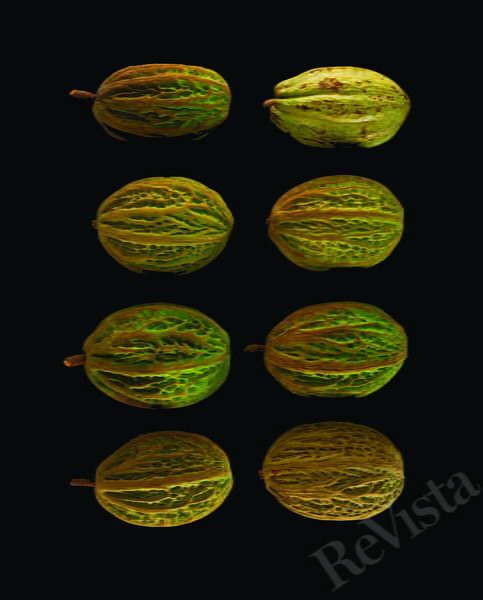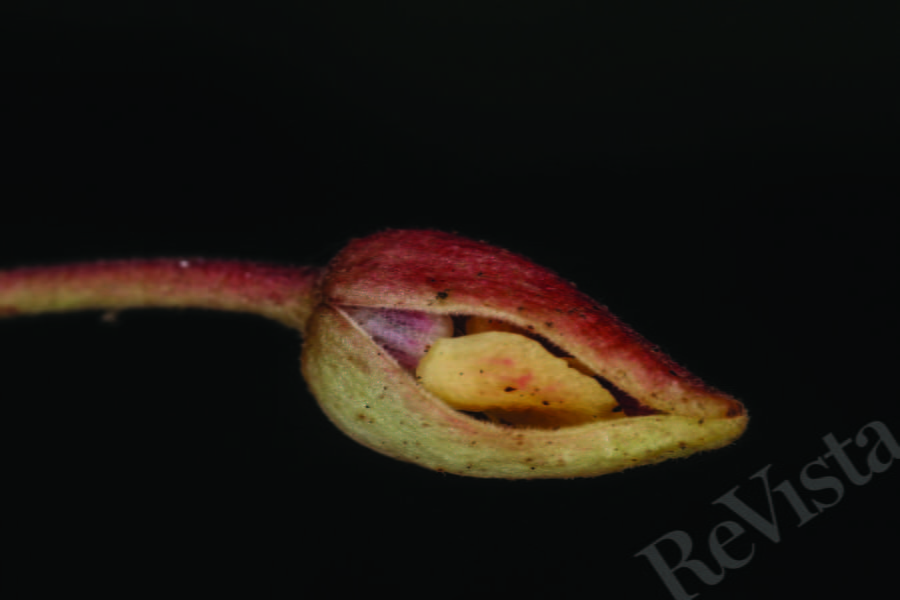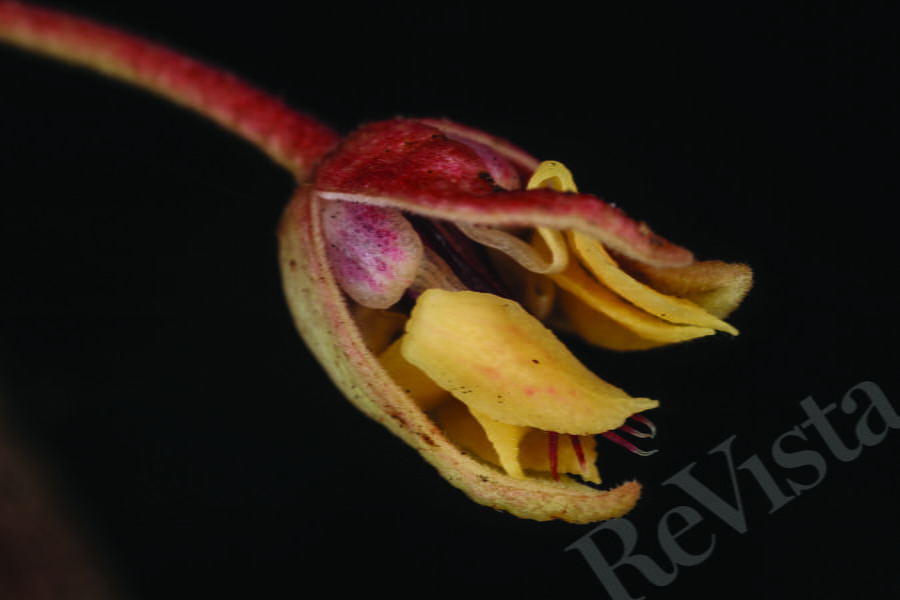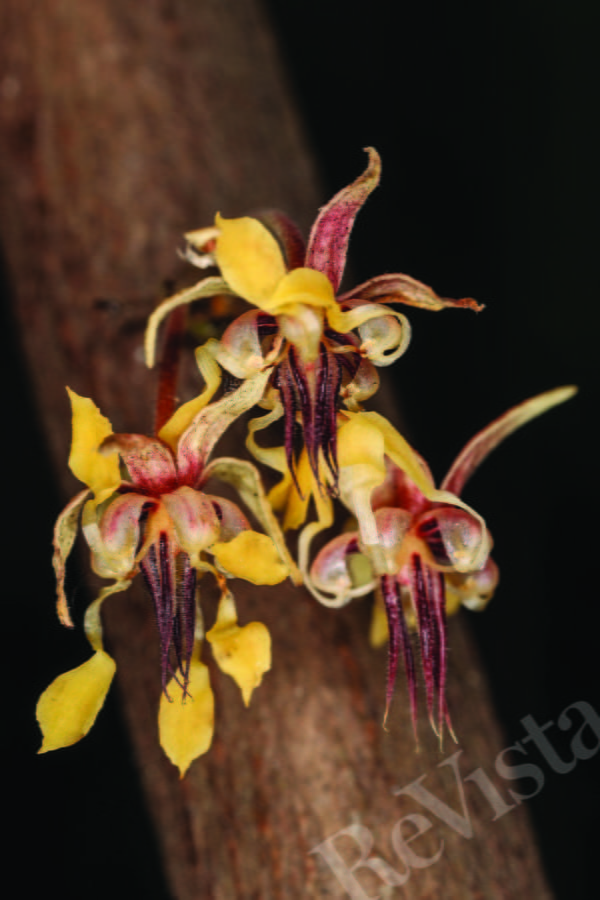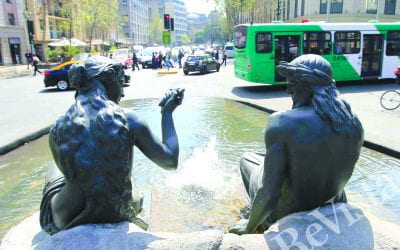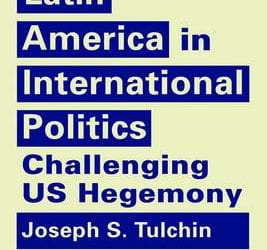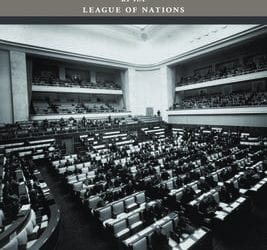Cacao Biology
Chocolate a Superfood
Cacao, a tree whose seeds people use to make chocolate, has long been a way for people to understand the world. For pre- Columbian Mesoamericans, cacao linked people to each other, the plants, animals and places around them, and to the divine, the environment seen and unseen. In a panel from the Dresden Codex, one of the few pre-Columbian Mesoamerican books that survives today, the Maya god of sustenance K’awil is seated, holding a bowl containing cacao seeds. The text indicates that “First or Honored Maize’s sustenance is cacao” (http://www.mayacodices.org/frameDtail ). In Mesoamerican terms, this makes cacao a superfood! Maize is and was the crucial staple for Mesoamericans, the foundation of the world. What sustained this foundation? Cacao.
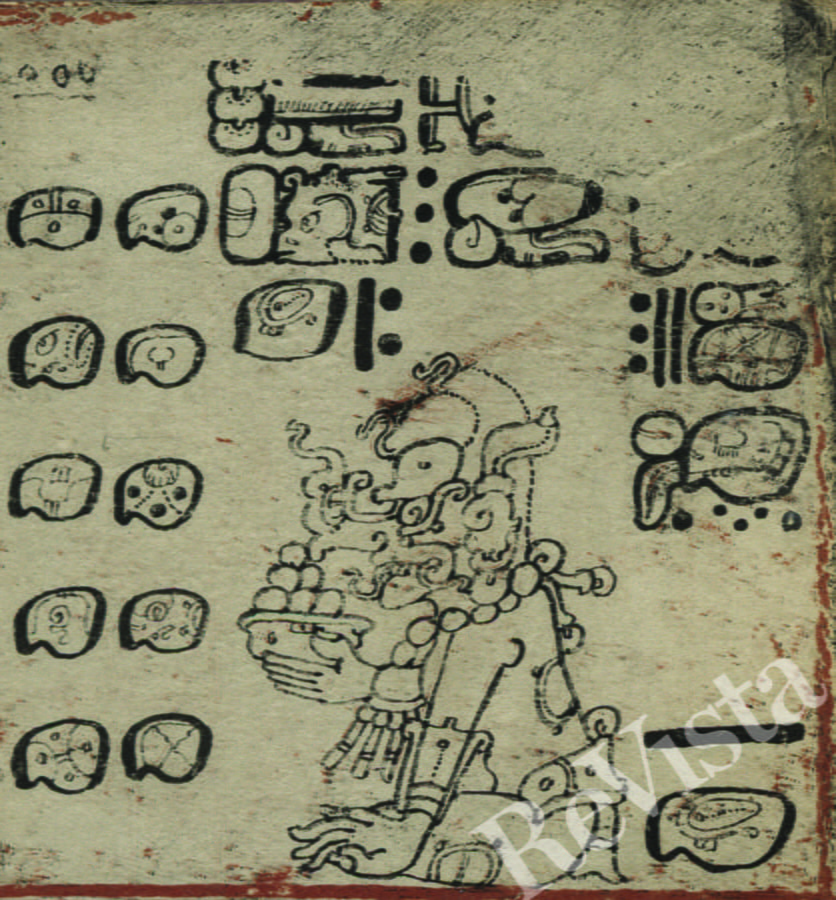
Panel from the Dresden Codex shows Maya god of sustenance, K’awil. Image courtesy of the Maya codices database, Gabrielle Vail, Maya Codices Project.
This interpretation of environmental relationships of and through cacao was equally vibrant for newly arrived colonists in the 15th and 16th century. The first encounter with cacao happened during Christopher Columbus’s fourth voyage, when the expedition happened upon a trading canoe off the Yucatán coast. The Maya vessel held a dizzying array of goods; of all this bounty, cacao stood apart from the rest. Ferdinand Columbus, Christopher’s son, described how the canoe held “many of those almonds [cacao seeds] that those of New Spain have for money, which they seemed to hold in high esteem, because when these things of theirs were placed in our ship, I noticed that if just one of these almonds dropped, they all immediately bent to recover it, as if an eye had fallen out, in that moment it seemed that they did not remember themselves, being taken away from their canoes as prisoners into the ships amid people so ferocious and strange as we are compared to them” (translation of Italian aided by historian Matteo Binasco). Only the merchants’ fear of losing cacao was greater than their fear of the potentially dangerous newcomers, triggering a panicked recovery of what the strangers so thoughtlessly fumbled. It was the first lesson in what cacao was worth.
This pedagogical value of cacao grew even more over the course of the 16th and 17th century. Early colonial medical treatises described and depicted in meticulous detail the cacao tree, its flowers, fruit and seeds. In her 2011 anthology, Prints and the Pursuit of Knowledge in Early Modern Europe, Susan Dackerman argued that early modern Europeans appreciated drawings and prints for their scientific and practical knowledge as much as their aesthetic or moral value. Systematic knowledge of the biotic world simultaneously addressed interests in medical understanding, economic strategy, personal utility and the blossoming of science. Historian Londa Schiebinger, in her 2004 book, Plants and Empire: Colonial Bioprospecting in the Atlantic World, noted how early modern bioprospecting “worked hand-in-hand with European colonial expansion” such that “their inventories, classifications, and transplantation…[were] the vanguard and in some cases the ‘instruments’ of European order.”
- Theobroma cacao flower bud. Photo courtesy of Erick Flores, FLAAR, www.maya-ethnobotany.org
- Blossoming Theobroma cacao flower bud. Image courtesy of Erick Flores, FLAAR, www.maya-ethnobotany.org
Recording and classifying the biome was a project that instilled order in colonizers as much as indigenous residents. A crucial concern for recently arrived colonists was how the new place would affect their wellbeing. Early modern ideas of health were based on the premise that the healthy body was a balance of four humors (fluids): black bile, yellow or red bile, blood and phlegm. Historian Rebecca Earle, in her 2012 book The Body of the Conquistador: Food, Race and the Colonial Experience in Spanish America, 1492–1700, argued that for 16th-and 17th-century Europeans, food was “the single most important factor in shaping human health.” Food provided necessary humoral opposites to restore constitutional balance: “a change in diet, like a change in environment, could transform an individual…the human body was thus in a state of continual flux…bodies, far from being hermetically sealed off from the outside world, were continually open to the impact of their external environment.” These early treatises tried to determine the place of cacao in the wide world as well as within this effort to maintain a balance in this individual humoral scheme.
Cacao biology is also a balancing act: the right amount of sunlight and shade, enough but not too much moisture, and help from tiny insects to pollinate its flowers. Cacao produces best by receiving pollen from a different tree; minuscule midges are pollinators of cacao, but also possibly aphids, ants, thrips and wild bees. These wild rainforest insects need microenvironments that encourage them to thrive. Rainforest animals help create insect breeding grounds. For example, peccaries create mud wallows to cool themselves, a damp and fertile setting for midges to flourish. The sweet and fleshy cacao fruit is a favorite of American primates, particularly howler monkeys. Bits and pieces of partially eaten cacao fruit dropped by foraging monkeys help attract midges to the tree’s flowers; immature midges (microscopic, bristly yellow worm-like larvae) develop in rotting material such as empty cacao pods, and primate foraging also disperses uneaten seeds.
One of the first scientific expeditions that focused on ecology—a symbiotic plant and animal world—was a late 17th- century study that included cacao. The city of Amsterdam awarded Maria Sibylla Merian a grant to travel to Surinam with her daughter Johanna Helena to study and record insects and their plant and animal habitats there. Already an established artist and scholar, Merian arrived in Surinam in 1699 and over the course of two years made sketches of local insects, animals and native and introduced plants. Her masterwork, Metamorphosis insectorum surinamensium, is spectacular in its intricate detail, groupings of insects with plants and animals, and depictions of imperfect states: diseases, rot, and developmental stages. The 1719 edition printed in Amsterdam held in the Houghton Library is an elephant folio- sized masterpiece, with gilt page edges and gilt lettering in the title page. The 1719 edition has a delightfully illustrated frontispiece and an additional 12 illustrations, one of which includes cacao, that the first edition, printed in 1705, does not.
Merian showed how the flawed is beautiful, and that beauty can bring deeper understanding. It was an aesthetic pedagogy that called attention to what was often rejected, dismissed, unnoticed or denigrated.
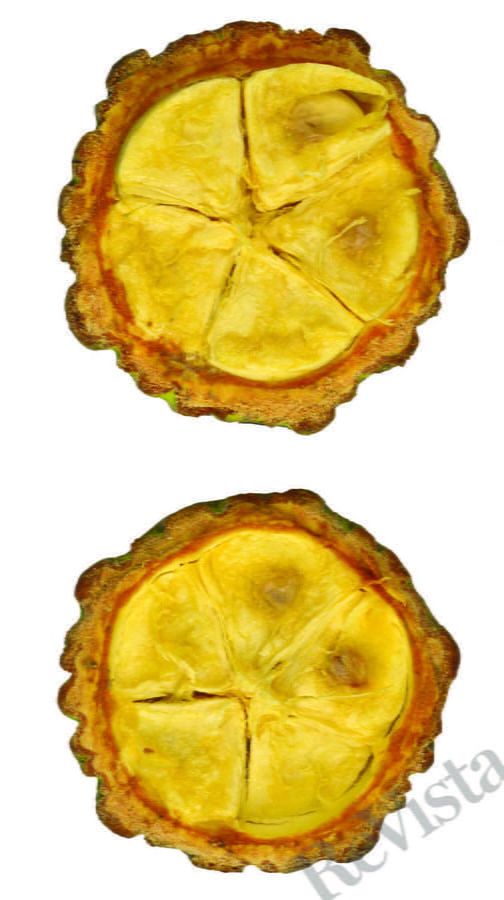
Cross-section of a Theobroma bicolor cacao fruit pod. Image courtesy of Nicholas Hellmuth and the FLAAR team, www.maya-ethnobotany.org
Her observations, however, were couched within a system of economic as well as aesthetic value. Historian Janice Neri, in her 2011 book The Insect and the Image: Visualizing Nature in Early Modern Europe, 1500-1700, observed that “it was in this milieu of preparing, circulating, and selling naturalia that Merian learned to see the natural world as composed of beautiful objects that could be bought and sold for profit… objects of exchange that could travel between continents and within cabinets; the techniques she developed for processing the natural world were the outcome of her immersion in the practices and culture of seventeenth-century natural history, but were also embedded within the practices of the global trade in commodities that came to serve as the foundation of the economic prosperity of early modern Europe.” At the same time, Merian observed the bitter cost of this prosperity. Merian made social and cultural observations that were as keen as her botanical and entomological ones.
As part of her aesthetic pedagogy, Merian also paid attention to the social setting of plants and animals, recording local uses for plants as well as “the indigenous names of the plants, because they were still in use in America by both the locals and the Indians.” Her social record was a frank critique of Dutch planters’ treatment of natives and black slaves: “The Indians, who are not well treated when in the service to the Dutch, use the seeds [of the plant flos pavonis] to abort their children, so that their children will not become slaves as they are. The black slaves from Guinea and Angola have demanded to be well treated, threatening to refuse to have children in this their state of slavery; nor do they have any; indeed they sometimes even kill themselves on account of the usual harsh treatment meted out to them.” Coercion and constraint along lines of gender were inextricably, physically part of Merian’s own work: the guild system in Europe prohibited women from painting in oil. She instead painted vibrant works of watercolors and gouache.
Just a few years before Merian would arrive in Surinam, the Archbishop of the Diocese of Guatemala, Pedro Cortés y Larraz, surveyed the state of its parishes through personal visits as well as questionnaires circulated to priests in his jurisdiction. Like Merian, Cortés y Larraz was interested in meticulous recording, but for more directly economic, moral, and social reasons, yet cacao was at the heart of some of these observations. He made three trips to the Izalcos region of what is today western El Salvador between 1768 and 1770. In the 16th century, the Izalcos was an unsurpassed producer of cacao—the homeland for the cacao beverage known as chocolate. The native Izalqueños held on to their lands and managed the work on them because Spaniards wanted them to continue to produce astronomically high yields. In his 1770 Descripción Geográfico-Moral de la Diócesis de Goathemala (Moral and Geographic Description of the Diocese of Guatemala), Cortés y Larraz complained bitterly that residents of Caluco, one of the principal Izalcos region indigenous towns, were choking off their best productive potential, leaving cacao trees untended, to the point that people were suffering from malnutrition. Cacao ecology required willing participants, which meant that protest through neglect made cacao a way to resist.
Ecologies of cacao were in a symbiotic relationship with colonial ecologies of gender, labor and commerce, a nexus of cultural relationships that also included classification of types of people. During his 2016 Nathan I. Huggins lectures for the Hutchins Center for African and African American Research, Ben Vinson III spoke about the formation of Spanish American social classification schemes, what he termed castizaje. Colonizers in places like Mexico employed such broad, varied, sophisticated and precise terminologies for classifying types of people that they surpassed that of British and Dutch colonies. The emergence of what eventually became the caste (casta) system and racial thinking had its foundation in moral concerns, particularly the religious anxiety over maintaining the purity of Christian blood (limpieza de sangre). The intimate and carnal relationships that blood mixing implies made it also, as Vinson observed, a product of great fluidity; the concept of caste could live, contract, stretch, and grow, enabling it to survive as an idea and eventually merge with the modern Hispanic concept of race as it developed in the 18th and early 19th century. Like Merian’s botanical works, caste paintings depicted evocative, imperfect, yet classified social ecosystems of place, person, and material worlds. These efforts to visualize social control in fact captured colonial metamorphosis. The cultural metamorphosis captured by casta classification was a kind of mythological reverse engineering of social species—to say what people should be, then make them fit that classification, a usually awkward and often unworkable retrofitting.
Social balance was difficult to maintain in the face of a rapidly declining indigenous population. Both free and enslaved people of African descent were increasingly important not only as agricultural labor in cacao orchards, but also to provision daily needs for indigenous Izalqueños in subsistence, supplies, and even in spiritual life. During the 17th century, major cacao production centers shifted to regions farther south in Central and South America and an almost exclusive reliance on enslaved labor. The spread of cacao and chocolate ecologies to more places was fertile, making chocolate available to more and more people, but propagated also a bitter social and economic system.
Among all American plants, cacao called special attention to a healthy balance and thoughtful regard in environmental relationships. Cacao was an eye of the storm of colonial desires for profit and order and countercurrents of the dark and brutal forces of social inequality and resistance to them. Early treatises of “exotic, elegant, and ordered spectacles of nature,” as Neri phrased it, showed how cacao held the potential to promote wellbeing in the world in people’s bodies and in their lives, to teach poise during a precarious and tumultuous time. In a 2003 research note “On the Paired Variants of TZ’AK” (www.mesoweb.com/ stuart/notes/tzak.pdf ), Peabody Museum research associate and epigrapher David Stuart emphasized how in Mayan concepts and writing, “certain things or substances cannot naturally exist without their respective partners.” In this sense the signs do not simply represent Levi-Straussian “binary oppositions” in nature, as is often supposed, but rather paired and complementary illustrations of a conceptual whole. Likewise, the conceptual whole of colonial understanding of the world was not just of plants and animals, but also the dynamic social metamorphosis of gender, labor and race. Cacao offers a vantage point for understanding these different elements of a colonial ecology of knowledge.
Fall 2016, Volume XVI, Number 1
Kathryn E. Sampeck, a 2016 DRCLAS Central American Visiting Scholar, is an Associate Professor of Anthropology at Illinois State University. The Secretary- elect for the Archaeology Division of the American Anthropological Association, she is also delighted to be a Non-resident Fellow, Du Bois Research Institute, Hutchins Center for African and African American Research
Related Articles
Living with Landscapes: The Primacy of Nature
In many places in America, Asia and Europe, your doctor just might pen a “park prescription” urging green space use or send you to a “forest bathing” spa that touts nature’s health benefits…
Latin America in International Politics: Challenging US Hegemony
U.S. studies of the international relations of Latin American states and inter-American foreign policy have traditionally been viewed (stuck even) through the prism of U.S. hegemony, in…
Beyond Geopolitics: New Histories of Latin America at the League of Nations
The League of Nations (LN) was founded on January 10, 1920, at the initiative of President Woodrow Wilson who, at the Paris Peace Conference the year before, had put forth a…

